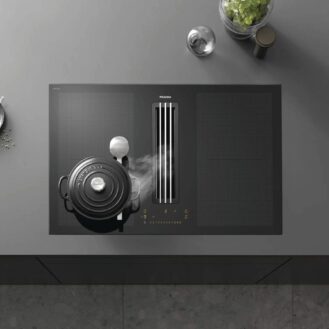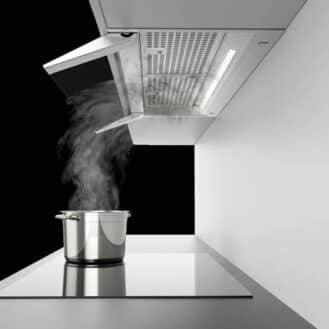Mixer taps can have single or double handles. The single-handle tap has one handle to mix the water flow and temperature, while a double-handle tap uses two handles to perform the same task.
Mixer taps can also come with a hand shower, for greater comfort. This is very handy for washing dishes and rinsing vegetables. It is ideal to choose a mixer tap with a mixing valve that has high precision in order to conserve water.
Here is a comparison of the two types of mixer taps so you can see the advantages and disadvantages of each:
- Single-handle mixer tap
Since it has only one handle, it is practical and easy to use. Installation is quick and mixing the preferred temperature and water flow is easy. After many uses, however, a single-handed tap tends to leak faster than a double-handle tap. They are modern in style and can look great in modern kitchens.
- Double-handle mixer tap
With two handles—one for hot, one for cold—, you will need to balance between the two to get the desired temperature, making it less practical compared to the single-handle tap. Installing it can take more time but it is doable on your own. On the design side, they are more of a classical style and many commercial kitchens use this type of mixer tap.

Single-handle mixer tap by ROCA

Double-handle mixer tap by Armando Vicario







